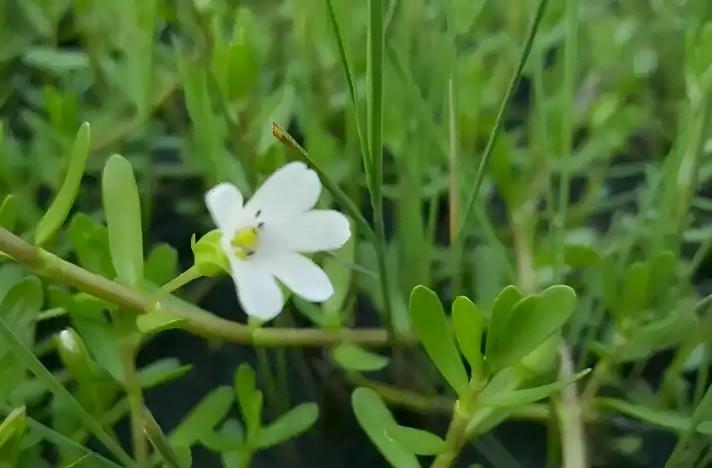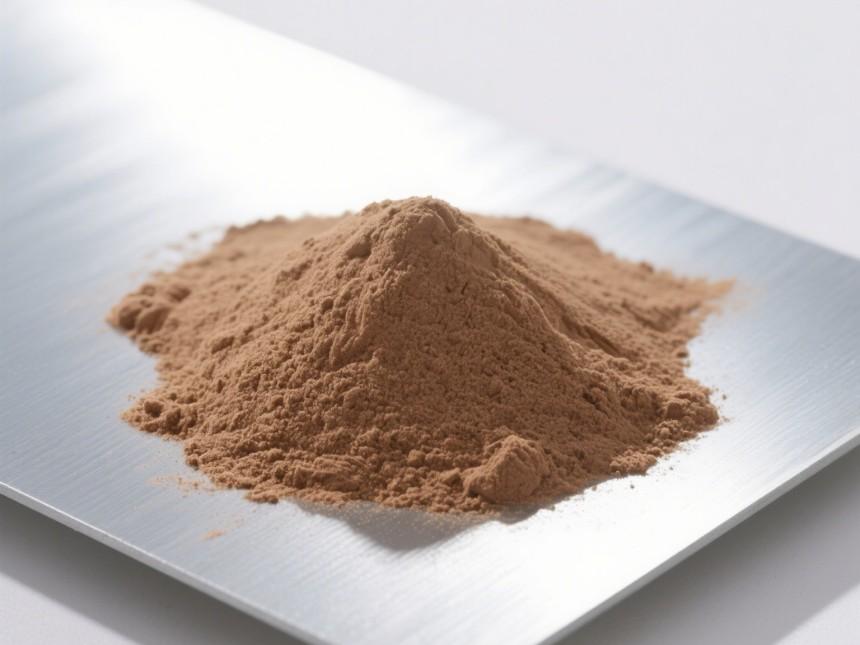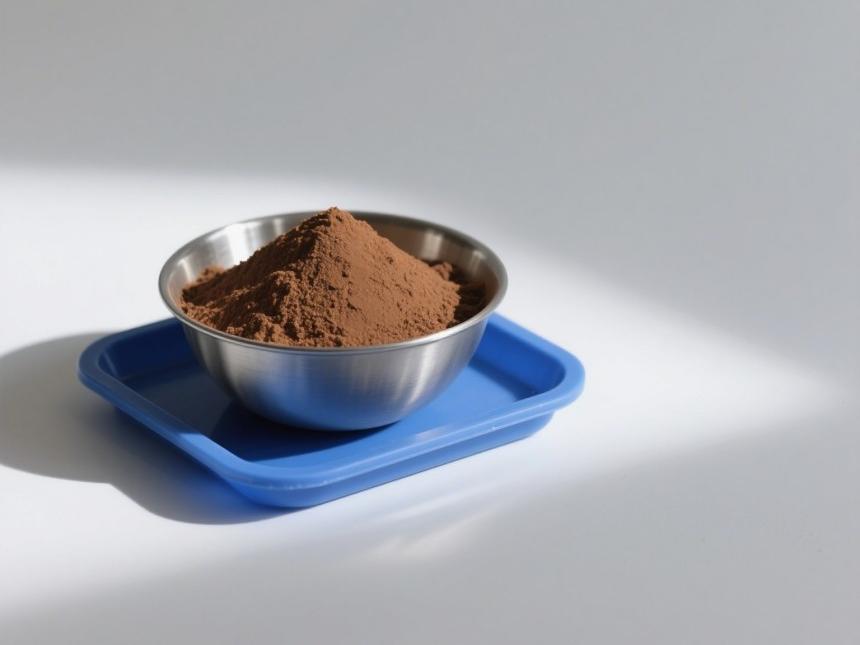Natural Bacopa Monnieri Extract Empowers Cognitive Support Products
As the global health consumer market evolves, natural ingredients that safely and effectively support cognitive health are becoming a core driver of product innovation. Against this backdrop, グリーン春 Technology, a leading global supplier of plant extracts, proudly introduces its premium Bacopa monnieriエキス—rooted in traditional wisdom and validated by modern science. This exceptional “brain health” ingredient solution empowers brand clients to capture new market heights.
Bacopa monnieri, a classic herb in Indian Ayurvedic medicine, contains Bacosides—its core bioactive compounds. Extensive research confirms Bacosides significantly enhance memory, boost attention, and alleviate mental fatigue. グリーン春 Technology employs advanced bio-extraction and purification techniques, coupled with stringent end-to-end quality control, to ensure every batch of Bacopa extract delivers high active ingredient content, outstanding stability, and consistent batch-to-batch quality. This guarantees the efficacy and quality of clients' end products from the source.

Suitable for Diverse High-End Product Development:
グリーン春 Technology'ですBacopa extract serves as an ideal core ingredient for clients developing innovative products, with broad applications across the following sectors:
· Dietary Supplements: As a key component in capsules, tablets, or gummies, it targets memory enhancement, improved focus, and cognitive performance to create best-selling “brain supplements.”
· Functional foods and beverages: Incorporated into energy drinks, health snacks, or plant-based milks to create differentiated selling points like “clear thinking” or “focus moments,” pioneering the functional food blue ocean.
· Mood management and sleep aids: Its natural adaptogenic properties enable formulation in blends for stress relief, anxiety reduction, and improved sleep quality, addressing modern consumers' emotional wellness needs.
· Senior Health Products: Develop specialized offerings targeting brain health maintenance, helping delay cognitive decline and support neural vitality.
Choose グリーン春 Technology to deliver core value for clients:
· Exceptional Efficacy, Delivering on Promises: Premium ingredients ensure end products effectively fulfill health commitments to consumers, boosting brand credibility and repurchase rates.
· Product Differentiation, Market Leadership: Leverage the trending “brain health” category to make your products stand out in competitive markets and create new growth opportunities.
· Scientific Credibility, High Trustworthiness: Ingredients boast deep traditional application roots and robust modern scientific backing, providing compelling market messaging.
· Reliable Supply, Trusted Partner: Green Spring Technology's robust supply chain ensures consistent availability and exceptional quality, positioning us as your dependable long-term strategic collaborator.
1 Bacopa Extract Core Active Ingredients: Scientifically Validated Efficacy Foundation
The neuroprotective and cognitive-enhancing benefits of Bacopa monnieri primarily stem from its characteristic active compounds in ethanol extracts. Extensive research confirms its core value lies in glycoside compounds, particularly triterpenoid saponins (such as Bacoside A and B) and phenethyl glycosides. These components synergistically form the scientific foundation for enhancing memory, attention, and supporting neurological health.
Green Spring Technology employs standardized ethanol extraction and purification processes, focusing on enriching and preserving these high-value active glycosides. Through advanced production techniques and stringent quality control, we ensure each batch of Bacopa monnieri extract delivers high active ingredient content, a well-defined compound profile, and exceptional batch consistency. This provides a robust, reliable Bacopa Monnieri Extract raw material solution for customers developing effective, trustworthy brain health products.
1.1 Scientific Core: High-Purity Triterpenoid Saponins Lay the Foundation for Exceptional Efficacy
The neuroactive properties of Bacopa monnieri primarily stem from its rich triterpenoid saponins, including various pseudobacosides and bacoside derivatives such as bacopasides I-V and bacopasaponins A-G. These compounds have been demonstrated in multiple studies as key agents for enhancing cognitive function and supporting neurological health.
Green Spring Technology leverages advanced chromatographic separation and preparative HPLC purification techniques to achieve precise enrichment and standardized control of various highly active triterpene saponins (including the bacosides and bacopasides series) within Bacopa monnieri extracts. We strictly adhere to scientific quality systems to ensure consistent and structurally defined levels of primary active ingredients in every batch, delivering high batch-to-batch consistency and providing a solid, reliable raw material foundation for brain health products.
Green Spring Technology's Bacopa monnieri extract prioritizes the comprehensive preservation of active aglycone structures and efficacy. It is ideal for developing premium brain-health and neurological supplement products requiring scientifically validated, high-standard manufacturing.
1.2 Synergistic Enhancement: Highly Active Phenethyl Glycosides Unlock Multiple Health Potentials
Another crucial active component of Bacopa monnieri—phenethyl glycosides—synergizes with its signature triterpenoid saponins to form a complex mechanism for cognitive enhancement and neuroprotection. Research indicates that these compounds—including Monnieraside I-III, Bacopaside B and C, and Plantaginins B—exhibit significant antioxidant and anti-inflammatory properties, effectively supporting neural health and delaying cellular aging.
Green Spring Technology employs advanced chromatographic separation and preparative HPLC purification techniques to achieve efficient extraction and precise retention of multiple phenethyl alcohol glycoside components from Bacopa monnieri extracts. Through a rigorous quality control system, we ensure the precise content and exceptional stability of phenethyl glycosides in every batch. This provides customers with a potent, reliable natural raw material solution for developing innovative products with antioxidant, neuroprotective, and anti-aging functions.

1.3 Unique Components: Matsutake Alcohol Derivatives Expand New Dimensions in Health Applications
Beyond triterpenoid saponins and phenethyl alcohol glycosides, Bacopa monnieri also contains distinctive bioactive compounds such as bocapaside A—a derivative of matsutake alcohol. These rare compounds further enrich the bioactive spectrum of Bacopa monnieri extracts, providing new scientific basis for innovative applications in neurohealth, metabolic regulation, and other fields.
Green Spring Technology employs multi-stage chromatography and precision separation processes (including MCI gel, dextran LH-20, and reverse-phase C18 preparative systems) to effectively extract and enrich high-value components like matsutake alcohol derivatives. We maintain comprehensive quality control throughout the process, ensuring stable detection and batch consistency of these distinctive components. This provides robust support for clients developing differentiated, multifunctional premium health products.
Green Spring Technology remains committed to deeply exploring the scientific value of plant-derived bioactive compounds, empowering your products to gain unique competitive advantages in the marketplace.
2 Clinical Research Support: Suitable for Diverse Cognitive Support Development
Multiple human clinical studies provide scientific evidence for Bacopa monnieri extract applications in brain health. These randomized double-blind trials, ranging from 12 weeks to several months, offer reliable dosage references and usage protocol support for product development.
Research indicates this ingredient is suitable for the following product directions:
· Dietary supplements for maintaining healthy cognitive function
· Functional food beverages supporting information processing speed
· Multi-ingredient brain health formulations
· Health products targeting middle-aged and elderly populations
Green Spring Technology provides high-quality Bacopa monnieri extract based on clinical research data. We ensure consistent active ingredient content and batch-to-batch consistency, making it ideal for premium brain health products requiring scientific validation and stable quality.
We provide corresponding technical support and services to assist you in product formulation design and development based on clinical research data.
3 As modern life accelerates and demographics shift, maintaining healthy cognitive function has become a widely recognized health priority
Against this backdrop, false Bacopa Monnieri Extract—a traditional herbal ingredient—demonstrates significant development potential and market prospects. Rich in multiple active compounds, this ingredient is suitable for developing premium dietary supplements, functional foods, and compound formula products, offering a natural, science-based solution for brain health innovation.
Green Spring Technology leverages sustainable botanical resources and a comprehensive quality management system to provide clients with premium Bacopa monnieri extract raw material.
Our advantages include:
· Standardized production processes ensuring active ingredient stability and batch consistency
· Full-chain quality control guaranteeing raw material safety and reliability from source
· Clinical research-based scientific support providing professional foundations for product development
· Flexible customization to meet diverse formulation requirements
Brands, manufacturers, and R&D institutions are invited to contact us at helen@greenspringbio.com or WhatsApp: +86 13649243917 for Bacopa Monnieri Extract samples and technical documentation. Let's collaborate to develop next-generation brain health innovations!
About Green Spring Technology
Green Spring Technology is a high-tech enterprise specializing in the R&D, production, and sales of premium botanical extracts. We empower nature through technology, delivering innovative ingredient solutions for global health, food, and personal care industries.
参照
2001年(平成13年)[1]Chakravarty AK.Phytochemistry 58 (4): 553
2002年[2]Chakravarty AK.Phytochemistry、59 (3):365
[3] Chakravarty !2003年化学Pharmブル51(2):「215
[4] hou cc . j nat pro .2002,65(12):1759
1996年[5]Garai S.Phytochemistry 42 (3): 815
[6] Garai S.Phytochemistry、1996.43(2):ギター447
2000年【7】て下さいSB.Phytochemistry 53 (6): 711
-
Prev
Bacopa Monnieri Extract Ingredient Fuels Innovation in Cognitive & Mood Support Products
-
次
Natural Raspberry Ketone Powder: Unlock Clean Label, Empower Brand Premium


 英語
英語 フランス
フランス スペイン
スペイン ロシア
ロシア 韓国
韓国 日本
日本





